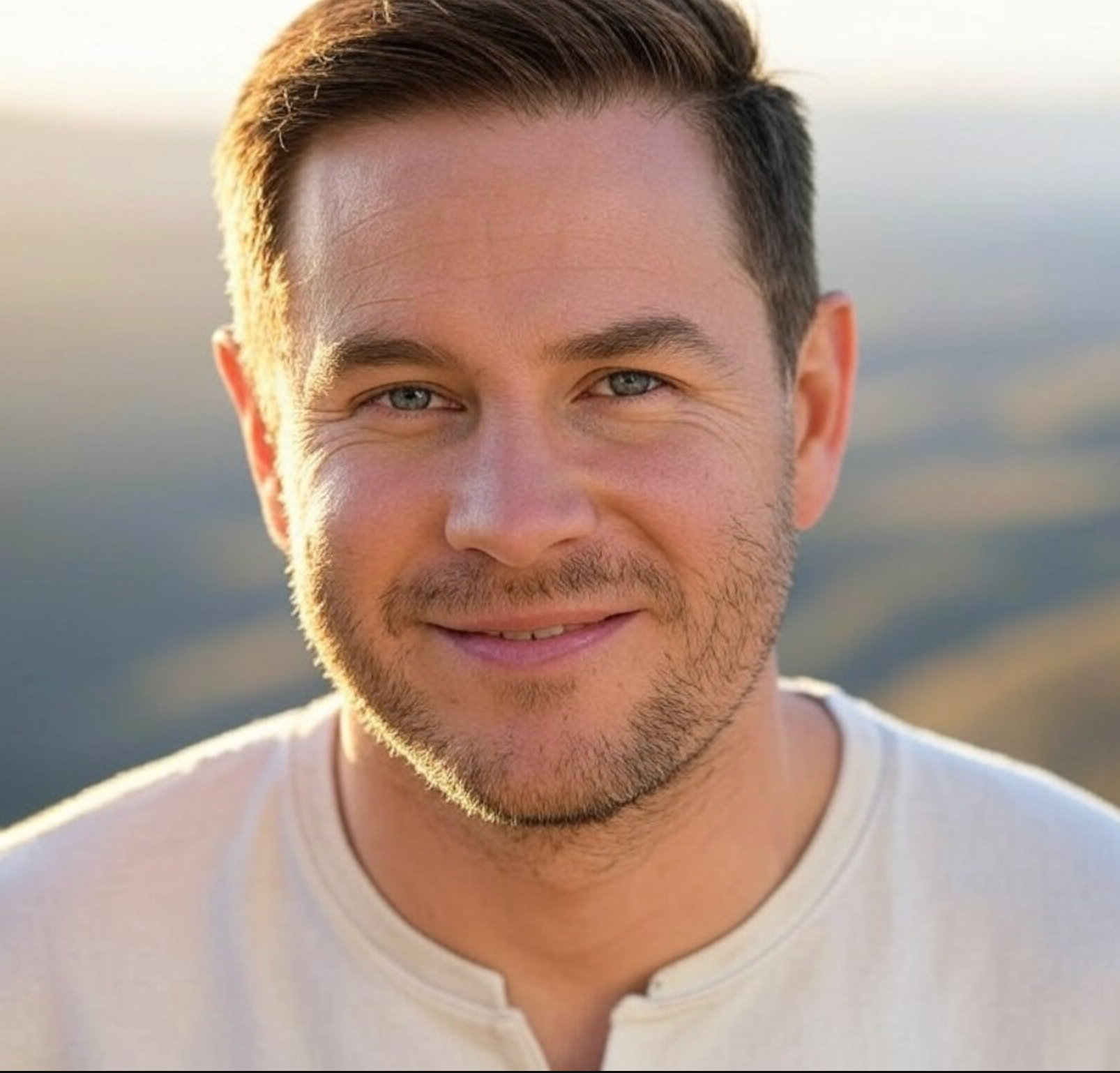Time flows differently along the Seine in Rouen. As the river bends through the city, it mirrors centuries of architecture in its gentle current – each ripple catching fragments of pointed spires and half-timbered facades that have witnessed nearly a millennium of Norman history.
The Artisan’s Touch: A Legacy in Wood and Stone
In the medieval quarter, cobblestone streets tell stories through their worn surfaces, leading to workshops where woodcarvers still practice their craft. These artisans shape oak beams into the distinctive patterns that define Rouen’s historical buildings, maintaining techniques passed down through generations. Their tools echo those used by their predecessors who created the intricate wooden frames that line the narrow streets.
The massive cathedral commands attention not through mere size, but through the delicate lace-like patterns carved in limestone that filter sunlight into ever-changing shadows. Monet captured these effects in his famous series of paintings, but even his masterful brushstrokes couldn’t fully convey how the light plays across the western facade at different hours, creating an ever-shifting display of shadow and illumination.
A Palette of Time
Morning light seeps through the city differently than in other French urban centers. It creeps along the curved streets, gradually illuminating the half-timbered buildings whose upper stories lean forward as if trying to whisper secrets across the narrow passages. Some facades wear their age proudly in weathered wood, while others sport fresh paint in butter-yellow, powder-blue, and rust-red hues – colors that would seem garish elsewhere but here form a harmonious medieval rainbow.
In the market square, where Joan of Arc met her fate in 1431, the modern church rises like a question mark against history. Its sweeping lines and soaring walls of glass create a deliberate contrast to the traditional architecture surrounding it, yet somehow the juxtaposition works. The space invites contemplation about how we remember and memorialize the past.

The Rhythm of Norman Life
The city’s pulse quickens around the Rue du Gros Horloge, where the golden astronomical clock has marked time since the 14th century. Below its elaborate face, locals move through their daily routines – morning coffee at zinc-topped bars, lunchtime crowds gathering at sidewalk bistros serving duck à la rouennaise, afternoon shopping at small boutiques tucked into centuries-old buildings.
As evening approaches, the aroma of butter and sugar wafts from patisseries, mixing with the scent of rain on old stone. Locals pause at favorite spots for l’heure de l’apéro, the traditional pre-dinner drinks that spark conversations flowing as steadily as the Seine itself.
Beyond Tourism’s Gaze
Away from the main thoroughfares, quieter streets reveal glimpses of daily life unchanged by centuries: the early morning clatter of deliveries to small shops, elderly residents tending window boxes bursting with geraniums, children walking to school past buildings older than many nations. These moments compose the true rhythm of Rouen, one that visitors can observe but never fully join.
In the botanical gardens, university students spread blankets on lawns where monks once cultivated medicinal herbs. The space offers respite from urban bustle while highlighting how the city constantly reinterprets its spaces for contemporary life.
A City in Constant Dialogue
Rouen demonstrates how a place can honor its past without becoming fossilized by it. Modern trams glide past medieval landmarks. Contemporary art galleries occupy restored timber-frame buildings. Michelin-starred restaurants serve innovative cuisine in centuries-old dining rooms. Each generation adds its own layer to the city’s narrative without erasing what came before.
Practical Notes
Most hotels cluster around the historic center, with mid-range rooms typically ranging from €80-150 per night. The city center rewards walking exploration, though efficient trams connect major sites. Local markets operate throughout the week, with the largest gathering on Sundays near the cathedral.
Summer brings mild temperatures and crowds; spring and fall offer quieter moments to explore, though Norman rain showers are common year-round. Many restaurants close on Sundays and Mondays – plan accordingly.
The Seine’s presence influences everything from the quality of light to the pace of life, reminding visitors that Rouen remains, above all, a river city – one where centuries of stories flow together in an endless current of reinvention and remembrance.

